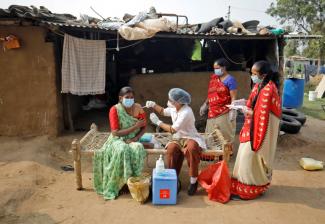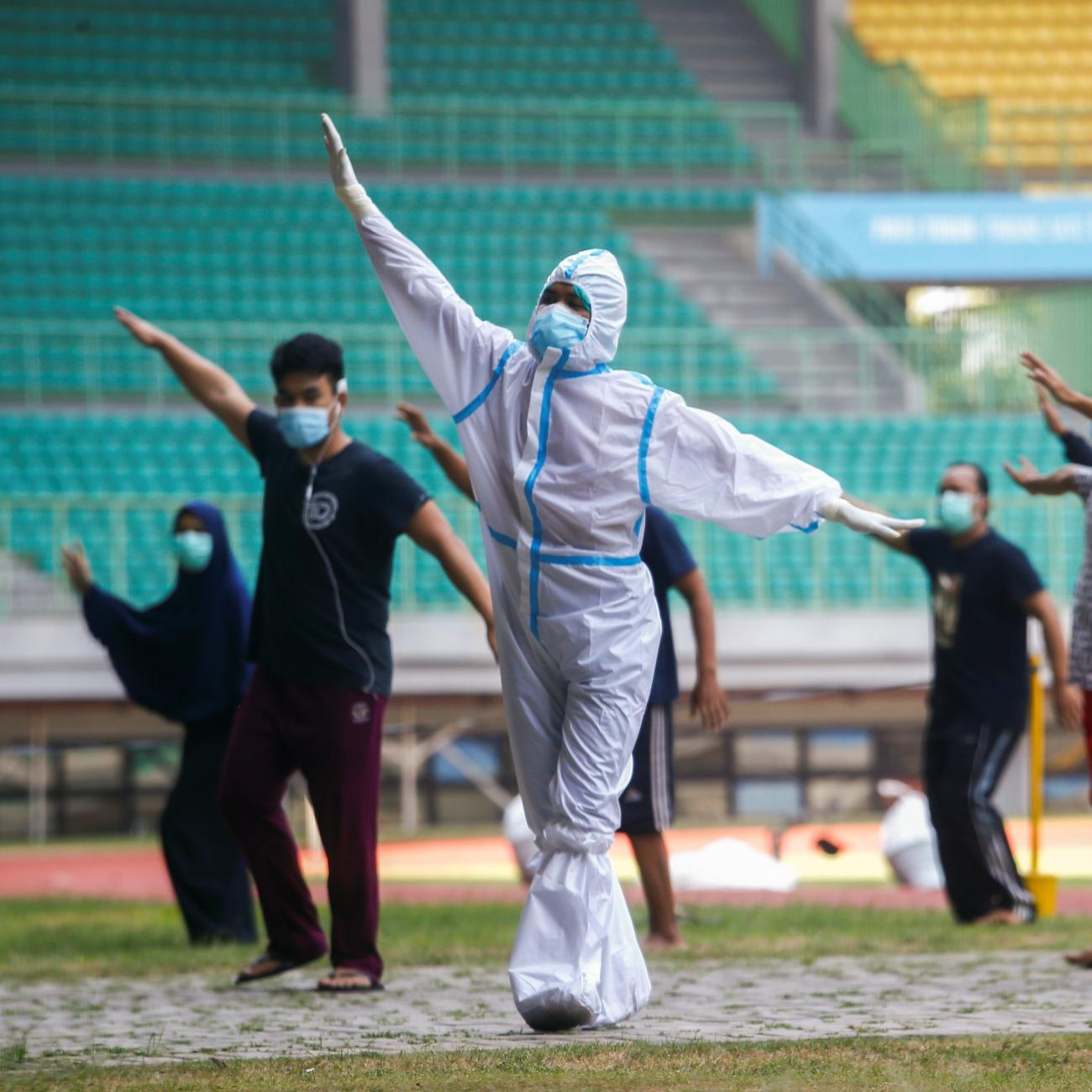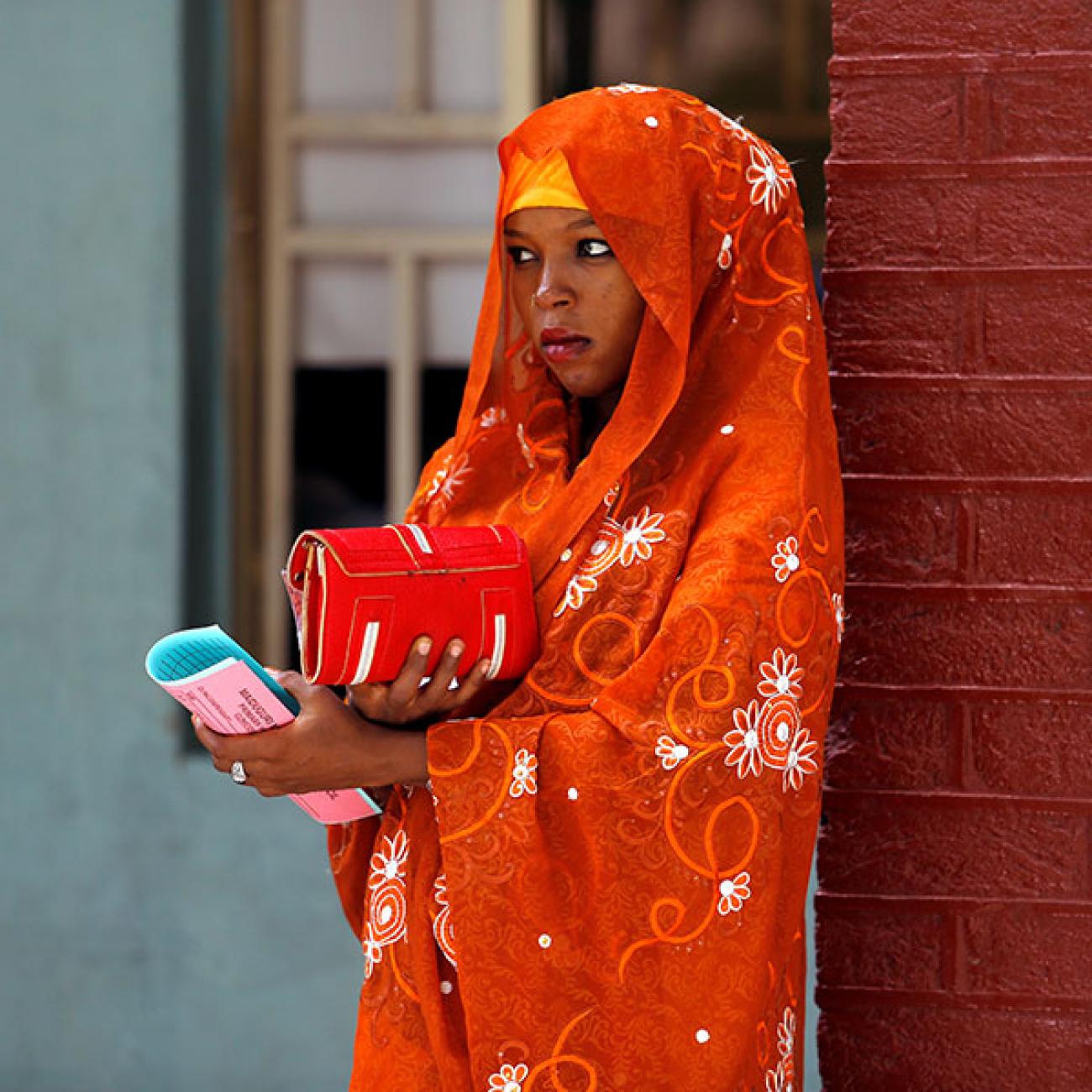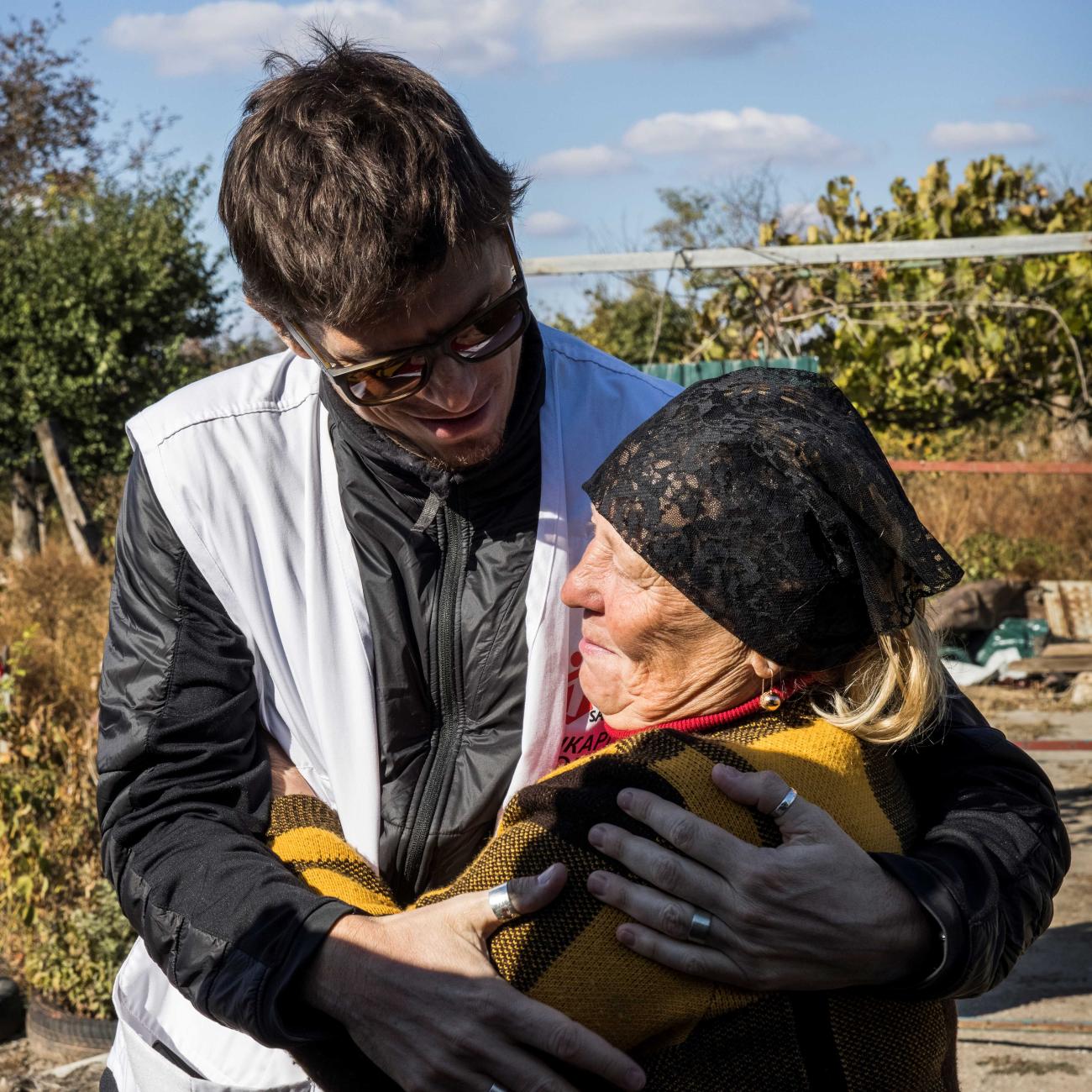Many low- and middle-income countries (LMICs) did not have access to COVID-19 vaccines when they first needed them. LMICs that were reliant on donations or distributions from COVAX experienced substantial time lags in the conversion of donation pledges to delivered doses. Now, as vaccines are finally being made available, many are concerned that it is too late—not only have lives been lost, but disinformation campaigns and vaccine hesitancy are impeding vaccinations. Accordingly, LMIC leaders have recognized that they must develop local manufacturing capacity in order to ensure timely, sustainable, and predictable access to vaccines, whether for COVID-19 or future outbreaks.
With the aim to facilitate local vaccine production, international discussions at the World Trade Organization (WTO) continue about potential waivers of COVID-19 intellectual property rights in LMICs to address the problem of vaccine scarcity. But how much of an obstacle are patents?
Patents on COVID-19 Vaccines in LMICs
The Medicines Patent Pool, a United Nations-backed public health organization that aims to increase LMIC access to essential medicines by negotiating voluntary licensing agreements with patent owners, has published the VaxPaL COVID-19 Vaccines Patent Database. VaxPaL contains searchable information about patents and patent applications for thirteen vaccines that have been approved in at least one country or are progressing through the World Health Organization (WHO) Emergency Use Listing and Prequalification evaluation process.
Patents are a type of property granted to the owners of inventions, which provides the right to exclude others from using that invention by suing them in the courts of a country in which a patent is granted. Relevant COVID-19 patents in VaxPaL might cover a complete vaccine, components such as RNA, lipid nanoparticles, and adjuvants, or methods of manufacturing the vaccine. Analysis of the geographical distribution of these patents (see Table 1) shows that they are found in relatively few LMICs and, where present, vary considerably between types of vaccines and specific products. Where patents are found, their owners can give consent for others to use their invention by granting a license that may have geographical or other scope restrictions and require payments from the license recipient ("licensee") to the patent owner ("licensor").
A waiver by the WTO in the context of COVID-19 vaccines could facilitate the grant of compulsory licenses by certain countries to allow local manufacturers to produce vaccines using patented technology without the consent of the patent owner. This approach has been supported by some countries and global health advocates due to the limited number of licenses granted voluntarily to LMIC manufacturers by patent owners from high-income countries.
Comparing LMICs in the table above to those reportedly producing or planning to produce COVID-19 vaccines suggests that existing COVID-19 vaccine patents may be of limited concern for many LMICs. For example, the manufacturing initiatives being established in Algeria, Côte d'Ivoire, Egypt, Kenya, and Nigeria currently would not need to be concerned about the patents tracked by VaxPaL because no patents have been pursued in those countries. Moderna recently stated that it will never enforce its COVID-19 patents for vaccines manufactured solely for use in the 92 LMICs covered by the Gavi COVAX AMC—this includes India and Morocco where Moderna has pursued patents.
Essential Resources Beyond Patent Rights
Even if patent rights are not a substantial barrier in a given country, many other essential resources are needed to replicate, develop, and manufacture a COVID-19 vaccine that could be approved by a national regulatory authority or the WHO. These resources include trained personnel, certified production facilities, specialized equipment, and materials (such as lipid nanoparticles, bioreactor bags, and glass vials), many of which have been in short supply during the pandemic. Vaccine developers also possess protected and essential information such as data submitted in regulatory applications and "know-how" (confidential and commercially sensitive information about the detailed processes and procedures used in vaccine development and manufacture).
LMIC manufacturers could gain access to many of these essential resources, as well a license under any necessary patent rights, through collaborations involving the transfer of technology, materials, and know-how with the biopharmaceutical company producers of COVID-19 vaccines in high-income countries or elsewhere that have already been approved for use. Developers from high-income countries have been slow to collaborate with LMIC manufacturers, particularly in Africa. However, there are examples of successful collaborations, such as that between AstraZeneca and Fiocruz (Brazil) which has enabled Fiocruz to manufacture AstraZeneca's ChAdOxnCoV-19 vaccine and supply the finished product to the Brazilian public market.
Building Collaborations, Ensuring Equitable Vaccine Access
LMIC manufacturers need to be financially and logistically capable of operating at the standards required by the developer and regulatory authorities. There are some manufacturers, such as those in the Developing Countries Vaccine Manufacturing Network, that have the necessary facilities and expertise in place, but both current and newer initiatives are likely to need additional funding from governments and other investors to build up their capacity and capabilities. In addition, contracts underlying collaboration for LMIC manufacturing must contain terms that ensure timely availability and affordability of the resulting vaccines in the countries where they are most needed.
Collaborative efforts require cooperation, support, and incentives—not only between the developer and manufacturer but also from the countries in which the vaccines will be manufactured. Efforts that bring together the necessary patent rights, resources, and funding can enable LMICs to have greater control over their supply of essential vaccines and benefit not only those countries but the health of the world.
AUTHOR'S NOTE: Julia Barnes-Weise and Bridie Telford's work on this article was supported by a grant to GHIAA from the New Venture Fund (grant no. NVF-NGDF-GLO57-Subgrant-015220-2021-08-20). The funder did not have any role in preparation, review, approval, or decision to submit this article for publication.
The views expressed in the article are those of the authors and not necessarily the official position of their respective institutions, funders, or clients.







